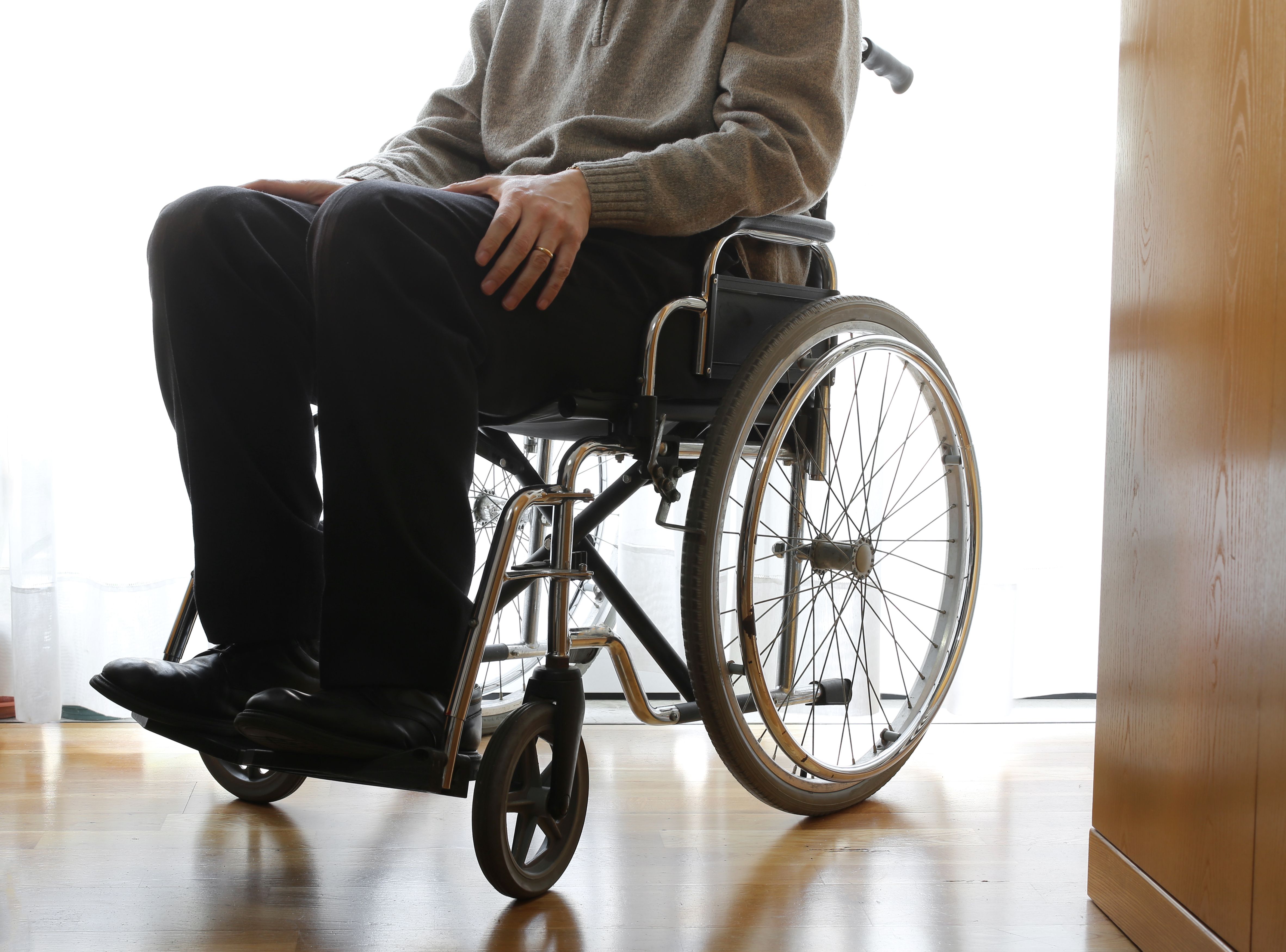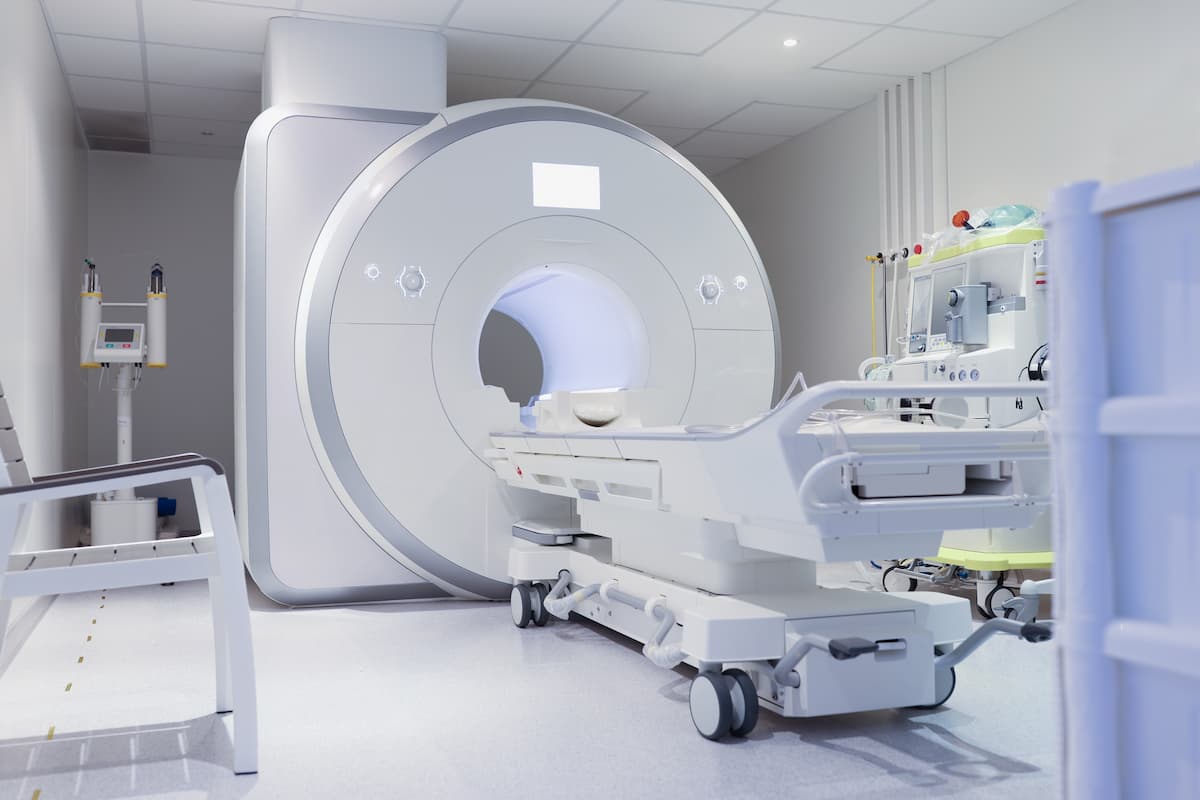News
Article
Real-World Study Suggests DMD Gene Therapy Is Safe, Effective
Author(s):
Delandistrogene moxeparvovec, a gene therapy approved for the treatment of Duchenne muscular dystrophy (DMD), was found tolerable and showed signs of efficacy in a real-world cohort.
Delandistrogene moxeparvovec (Elevidys; Sarepta Therapeutics) showed a tolerable safety profile and signs of efficacy in a real-world cohort of patients with Duchenne muscular dystrophy (DMD), according to a poster presented at the 2025 Muscular Dystrophy Association (MDA) Clinical & Scientific Conference.1
Delandistrogene moxeparvovec was first FDA approved in June 2023 for patients with DMD aged 4 to 5 years and received expanded approval in June 2024 for the treatment of all patients aged 4 years and older. However, clinical trial criteria were strict, and real-world data are needed to understand the safety and efficacy of the treatment outside of trial inclusion criteria, the study authors noted.
Real-world data suggest delandistrogene moxeparvovec is well tolerated and effective in patients with DMD. | Image credit: © natali_mis - stock.adobe.com

In the real-world cohort included in the retrospective case series, 8 of 11 patients (73%) did not meet clinical trial inclusion criteria. These patients were treated at a large single center prior to the label expansion in 2024 and had at least 6 months of follow-up, with 6 patients having 12 months of follow-up. Pre- and posttreatment data on motor function, laboratory studies, cardiac imaging, adverse events (AEs), and interventions were pulled from electronic health records.
Regarding safety, delandistrogene moxeparvovec was well tolerated. A total of 9 patients (82%) experienced treatment-related AEs (TRAEs), and the most common TRAE was mild gastrointestinal symptoms, which occurred in 7 patients (63%). Additionally, 4 patients (37%) experienced hepatotoxicity or elevated troponin. These 4 patients were given increased corticosteroid doses compared with the recommended dose in the delandistrogene moxeparvovec label, and 1 was hospitalized for intravenous corticosteroids. All patients recovered clinically and in terms of laboratory abnormalities.
North Star Ambulatory Assessment (NSAA) scores were used to gauge efficacy, and a median increase of 4 points at 6 months was maintained at 12 months. However, there was substantial variability between patients. Median (IQR) NSAA scores were 20 (12-30) at baseline, 23.5 (15-34) at 6 months, and 26 (17-33) at 12 months. Additional long-term follow-up data are needed, but the findings suggest benefits with delandistrogene moxeparvovec treatment.
Notably, NSAA score increases and time function test improvements that were not shown on the poster were greater in patients who had not received corticosteroids, suggesting that corticosteroid initiation could be a confounder in the study.
Another poster presented at the MDA Clinical & Scientific Conference assessed pooled cardiac outcomes in clinical trials of delandistrogene moxeparvovec with up to 5 years of follow-up data.2 Four trials were included in the study: EMBARK (NCT05096221), ENDEAVOR (NCT04626674), Study 102 (NCT03769116), and Study 101 (NCT03375164).
The most common immediate cause of death in DMD is cardiorespiratory failure, meaning disease-modifying DMD therapies need to target skeletal, respiratory, and cardiac muscle, the authors explained. Although a mouse model of DMD showed an improvement in cardiac measures and no evidence of toxicity, a better understanding of the cardiac safety of delandistrogene moxeparvovec in patients is necessary.
Authors of the new study examined data from 218 patients, 210 of whom were ambulatory. Baseline left ventricular ejection fraction (LVEF) values were 48.9% to 78%. LVEF values remained stable across the included trials, and the cardiac safety profile was manageable.
There were 2 reported cases of myocarditis within days of infusion, with both resolving within 3 weeks. One patient received an additional cardiac medication. An additional patient from the ENDEAVOR trial experienced a recurrence of immune-mediated myositis with simultaneous cardiac inflammation during immunosuppressant weaning, which stabilized with 2 weeks of treatment.
Other than the 2 cases of myocarditis, fluctuations in troponin-I were consistent with those seen in DMD and were asymptomatic, the authors noted.
“Results of clinical studies with up to 5 years of follow-up indicate a manageable cardiac safety profile of delandistrogene moxeparvovec in a predominantly ambulatory population of patients with DMD,” the authors concluded. “Delandistrogene moxeparvovec treatment is generally well tolerated and safe, with no signs of persistent treatment-related cardiac injury.”
References
- Keselman D, Seneviratne T, Small JC, et al. Safety and early treatment outcomes following delandistrogene moxeparvovec gene therapy for Duchenne muscular dystrophy at a single center. Presented at: 2025 MDA Clinical & Scientific Conference; March 16-18, 2025; Dallas, TX. Poster P65.
- Veerapandiyan A, Bourke J, Day J, et al. Assessment of cardiac outcomes in delandistrogene moxeparvovec clinical trials for Duchenne muscular dystrophy. Presented at: 2025 MDA Clinical & Scientific Conference; March 16-18, 2025; Dallas, TX. Poster P73.




